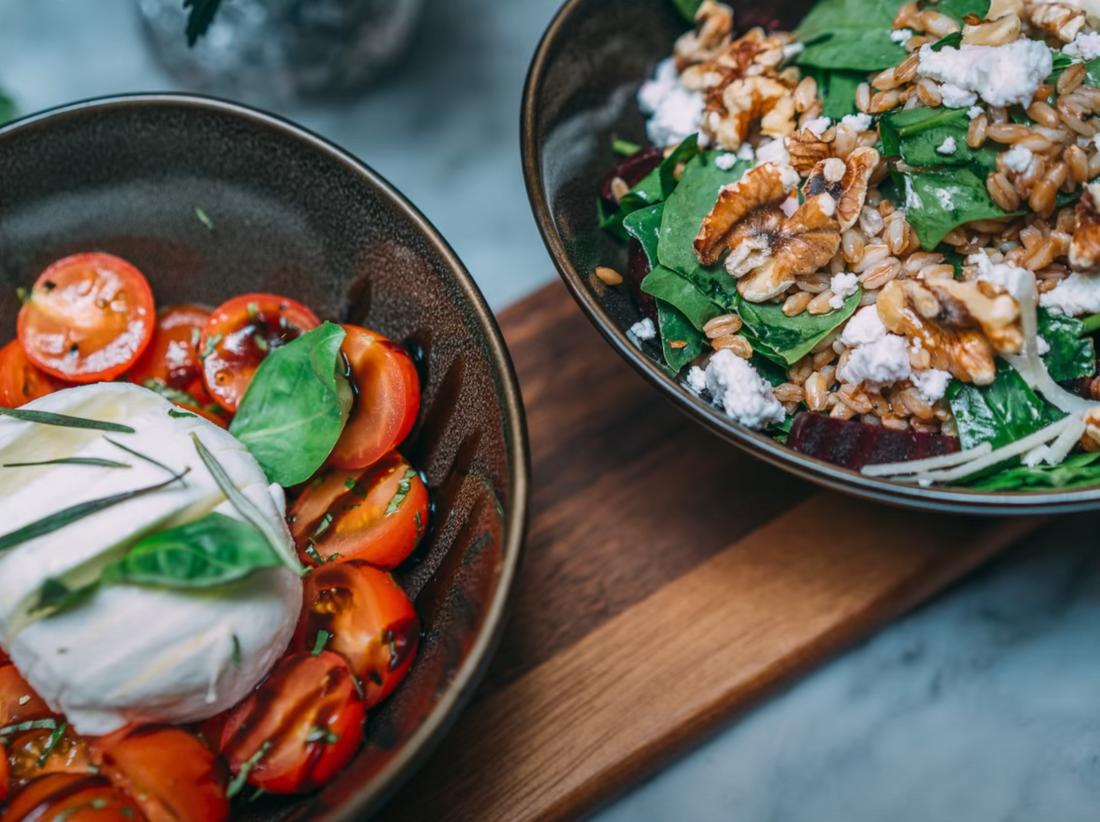
10 Essential Tips for Food Photography: A Fun and Flavorful Journey
Share
In this post, I'll share ten insider tips to enhance your food photography, drawing from my experience capturing dynamic dishes under challenging conditions. Whether you’re shooting in a bustling restaurant or working in a more controlled environment, these techniques will help you elevate your food photos.
1. Light is Everything
The first priority when shooting food is determining your light source. Natural light often works best, providing a more authentic feel to the dish. For a recent shoot at a friend’s restaurant, I used a large window as my light source, but had to modify it with reflectors to soften harsh shadows. When working with natural light, be aware of the light’s direction and intensity, and make adjustments with diffusers, reflectors, or even by changing locations.
2. Choosing the Right Location
Finding the perfect spot to shoot makes all the difference. Initially, I set up near a large window, but the lighting proved too harsh. After a few trials, I moved to a corridor with diffused natural light from an open ceiling, which resulted in beautifully balanced images. The type of light you choose will set the tone for your shots, whether you prefer a bright, clean look or a darker, moodier atmosphere.
3. Depth of Field
Mastering depth of field helps guide the viewer’s attention to the most important part of the dish. Use a narrower depth of field to make the main dish sharp, while leaving surrounding elements slightly out of focus. Although I shot handheld at f/2.8, using a tripod would have allowed for better control over both light and depth of field.
4. Composition and Storytelling
Food photography is about more than just taking a picture of food; it’s about telling a story. Think beyond the main dish—add relevant ingredients, utensils, or props that help enhance the narrative. In a pizza shoot, I focused on the ingredients that matched the theme of the dish, such as basil and tomatoes for a classic Italian vibe. Pay attention to color, size, and texture to create a scene that reflects the dish’s origins and its story.
5. Play with Angles
The angle you shoot from significantly impacts the feel of your image. Most food photography relies on two main angles: a 90-degree overhead shot and a 30 to 45-degree angle. The overhead shot works great for flat, organized layouts, while the 45-degree angle gives a more immersive, everyday feel. Mix it up to keep your portfolio diverse.
6. Add a Human Element
Incorporating people into your shots—whether they’re preparing or eating the food—adds a personal touch and creates a connection with the viewer. A hand reaching into the frame or interacting with the food brings life to the image and makes it feel more relatable.
7. Close-ups and Focal Length
Close-up shots immerse the viewer in the food and allow you to showcase textures and details. A long focal length, like 100mm, lets you zoom in while maintaining sharpness. Alternatively, you can focus on a secondary element, leaving the main dish slightly blurred, which adds depth and interest to your composition.
8. Experiment with Your Environment
Don’t hesitate to move around and explore different settings. For my pizza shoot, I started with one setup and then wandered around the restaurant, incorporating rustic elements like a brick wall and a chalkboard to tell a more complete story. Be adaptable and creative with your background choices.
9. Break the Rules
While it’s essential to learn the rules of photography, breaking them can create unique, attention-grabbing images. I like to bring techniques from other photography genres, such as shooting through objects, to add an original twist to my food shots. Experiment with angles, light, and composition to keep things fresh.
10. Capture the Restaurant’s Atmosphere
When shooting in a restaurant, don’t just focus on the food—capture the environment and ambiance too. The restaurant setting, with its lively energy and communal spirit, is just as important as the dish itself. Including waiters, chefs, or diners in the background helps convey the overall dining experience.
Final Thoughts
Food photography is not just about snapping a picture; it’s about creating an experience. Whether you're shooting for a restaurant’s Instagram or building your portfolio, these tips will help you craft images that tell a story and captivate your audience.
If you enjoyed this guide, leave a comment on what you’d like to learn next—whether it’s business strategies for working with restaurants or mastering studio setups. Don’t forget to subscribe, and stay creative!
